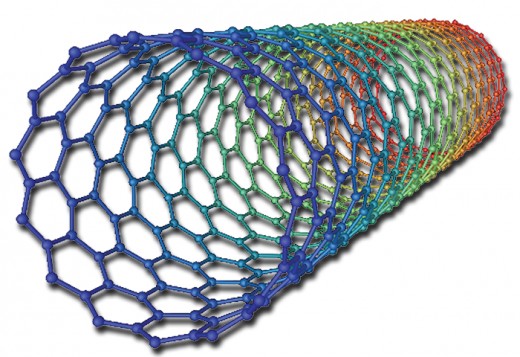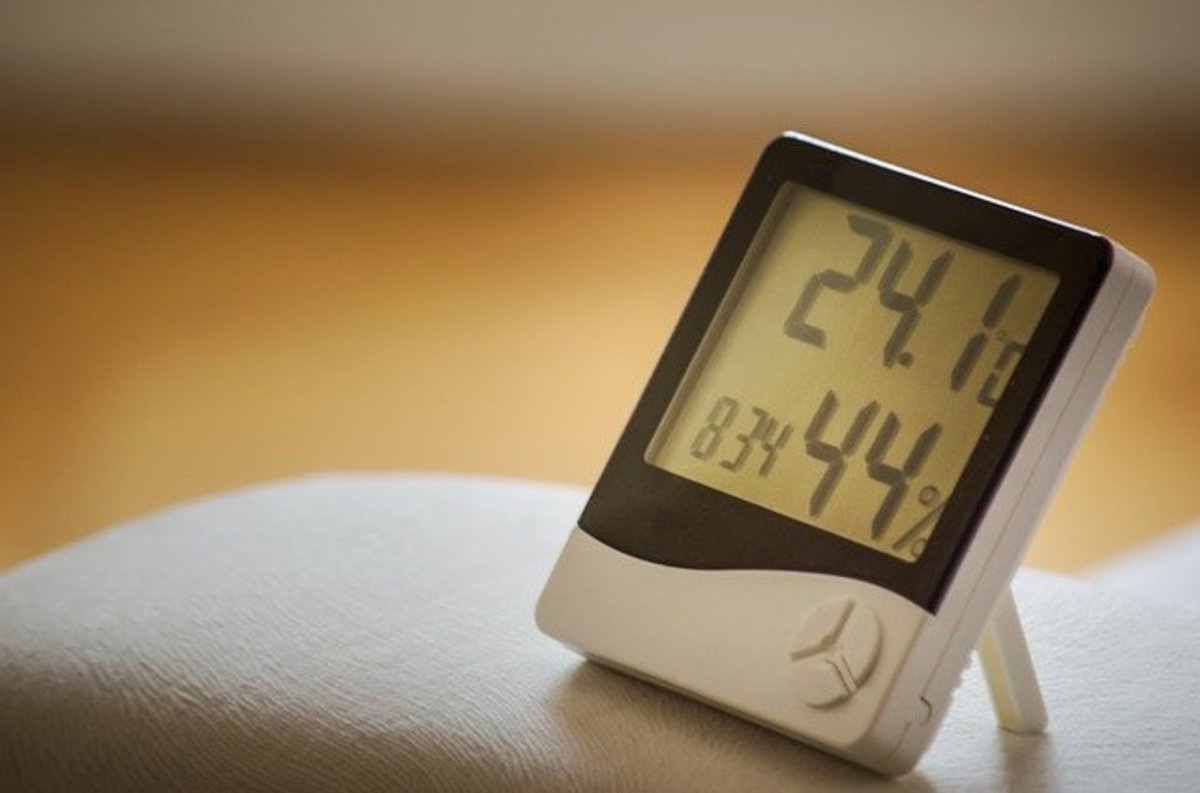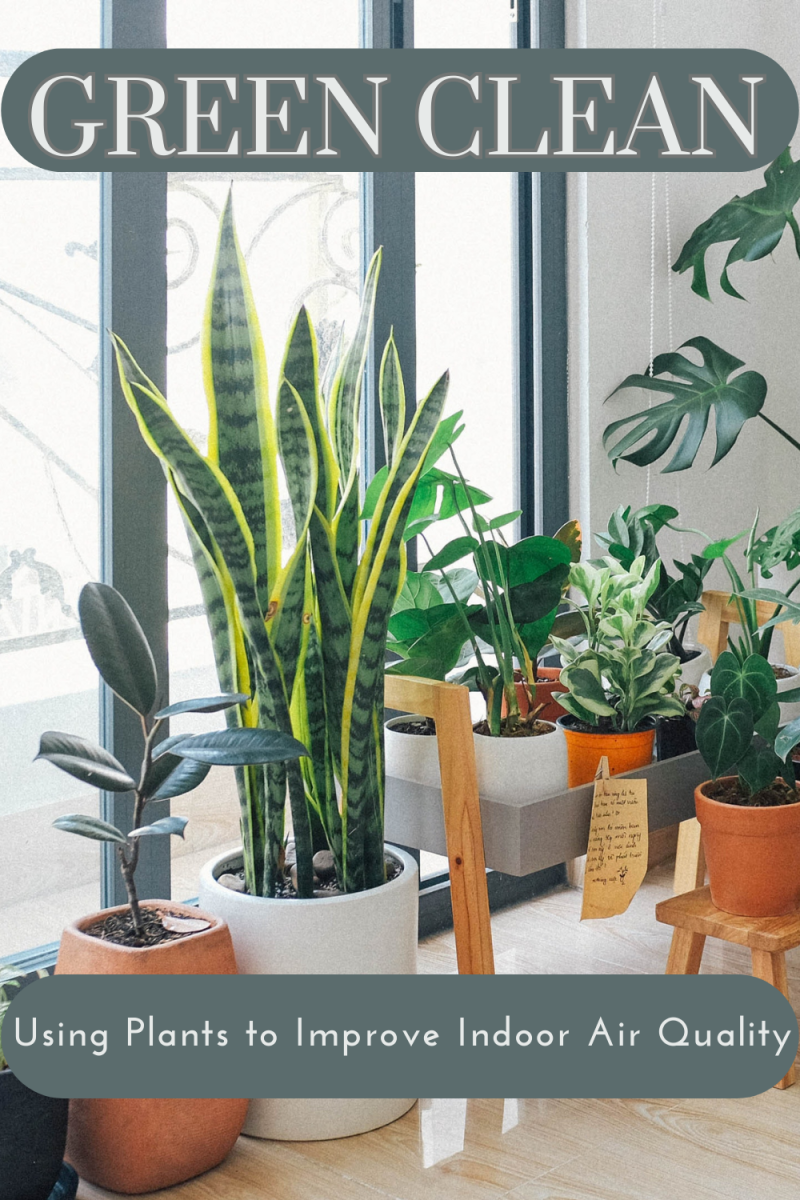Home sweet Home - Why do I feel unhealthy when I am at home?
Your home should be free from Air Pollution
You get home after a long day at work and to get away from all that is unwanted - noise, people, work, traffic, smog, that annoying neighbor, unwanted distractions, the extreme cold or the extreme heat, and the list goes on and on.
Never do you ever come home thinking that the air environment in your home may be unhealthy! After all, all the windows and doors are shut and there is nothing in your home that should be polluting the air. In-fact you have your air conditioning running on a hot summer day and you just changed the air filter on it. So, air is the last thing on your mind when you get home and your home should be free from air pollution.
You should feel healthy in your home

Irritation of the eyes, nose, and throat, headaches, dizziness, and fatigue
After going to bed, you wake up early in the morning with this excruciating headache, your chest feels like an elephant is sitting on it and you are having trouble breathing. Instead of jumping out of bed and working on that art project you have been wanting to finish up, your fatigue body wants to simply stay in bed! The first thought that comes to your mind is that you may have caught the flu. Perhaps you did but perhaps you are exhibiting the typical symptoms associated with excessive exposure to Indoor Air Pollution. According to the Environmental Protection Agency (EPA), health impacts may be experienced soon after exposure or years later. These symptoms often include irritation of the eyes, nose, and throat, headaches, dizziness, and fatigue. Often these symptoms are confused with flu because of how similar they are.
Discomfort in your home

Indoor Air Pollution Facts
Now here is an interesting fact; According to the EPA, our indoor environment is twoto five times more toxic than our outdoor environment, and in some cases, the air measurements indoors could be 100 times more polluted!
According to World Health Organization (WHO), 4.3 million people a year die from the exposure to household air pollution. Perhaps its time to take some action!
Indoor air pollutants play a significant role in triggering asthma attacks according to EPA. Triggers are things that can cause asthma symptoms, an episode or attack or make asthma worse.
Some of the worst health impacts based on research by WHO, prolong or high exposure to indoor air pollution may results in health issues including pneumonia, stroke, ischaemic heart disease, chronic obstructive pulmonary disease (COPD), and lung cancer.
Impacts on Health - Air Pollution
Percentage
| Health Impact
|
|---|---|
12%
| pneumonia
|
34%
| stroke
|
26%
| ischaemic heart disease
|
22%
| chronic obstructive pulmonary disease (COPD)
|
6%
| lung cancer
|
* According to the World Health Organization (WHO)
Poll
Would you be interested in a Nano Gas Sensor that can detect Indoor Air Pollution and Inform you of specific steps you can take to avoid exposure?
Steps to reduce your exposure to air pollution
So what does all of this mean? There are specific steps you can take to reduce the levels of exposure - you can do this with some simple changes in your indoor environment, your lifestyle and with some help from innovative nanotechnology. Yes the world of Internet of Things (IoT) and the advancement of nano sensors is slowly but surely making its way to your home. I am sure for many of you, it can't come soon enough.
For me, its important to know what's in the air and I compare it to reviewing the ingredients label on packaged food every time. Just like wanting to eat healthy, I would like to breathe in an environment that I know is healthy for my body.
What is Nanotechnology
Nanotechnology deals with materials at nano-scale or 100 nanometers (nm) or less. One meter is equivalent to 1,000,000,000 nm.
- A sheet of paper is about 100,000 nm thick
- There are 25M nanometers per inch
- A Strand of human DNA is 2.5 nm in diameter
- A human hair is approximately 100,000 nm wide
An example of nanotechnology structure

Nanotechnology Defined
According to the U.S. National Nantechnology Initiatve (NNI), Nanotechnology is the understanding and control of matter at dimensions between approximately 1 and 100 nanometers (nm), where unique phenomena enable novel applications. Encompassing nanoscale science, engineering, and technology, nanotechnology involves imaging, measuring, modeling, and manipulating matter at this length scale. For example, carbon nanotubes are used in various nanotechnology applications including fluid sensing technologies. Carbon nanotubes may be between 1nm to 2nm in width.
Nano Gas Sensor
Nano gas sensors are currently being developed to be very small (as small as 5mm by 5mm), use extremely low power, and can target and detect multiple gases in the environment simultaneously. These features are necessary to be able to pick out a very specific gas that is harmful to our health in an indoor environment where there could easily be over 200 gases and other volatile organic compounds (VOCs).
The technology advancement in nano sensors and with the Internet of Things (IoT), more devices in your home will now have the ability to incorporate nano gas sensors into their product lines. For example, your smoke detector will soon be able to detect not only smoke but also other gases that may be harmful in your indoor environment such as a methane gas leak, or formaldehyde.
Conclusion
In conclusion, as urban development continues to expand all around us, the impacts of air pollution will continue to impact our health. Indoor air pollution can be the result of many airborne toxins that get trapped in your home and these toxins may be a result of a faulty heating system or may be brought into your home when you built the new wooden flooring.
Knowing what's in the air your breathe at home can make all the difference between feeling great or miserable and until recently the only way to know that the air is not healthy would have been indicated by the way you felt. With recent advancements in nano innovation, nano gas sensors capable of detecting multiple harmful airborne toxins will be able to alert you and provide specific actions you can take before it becomes a health issue for you and your family.








